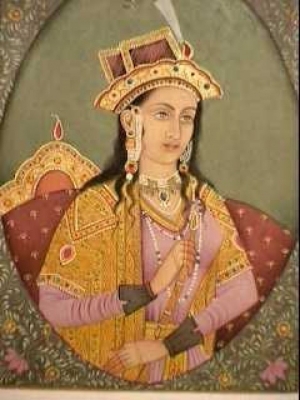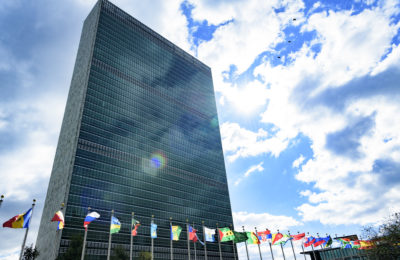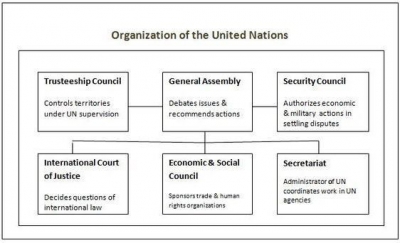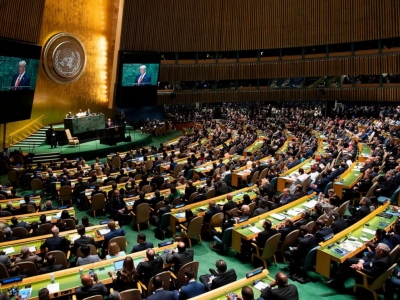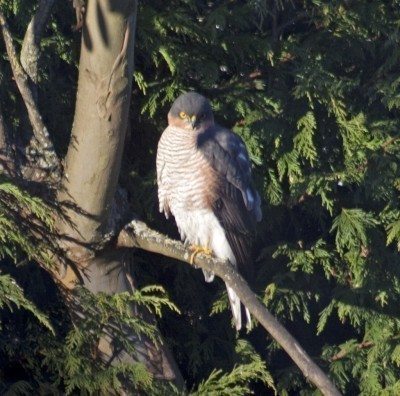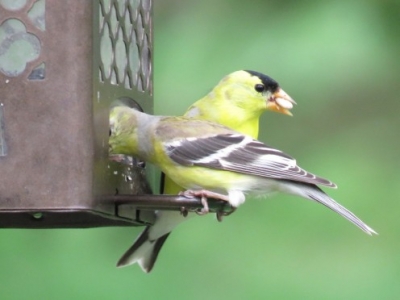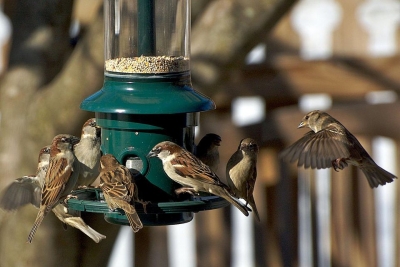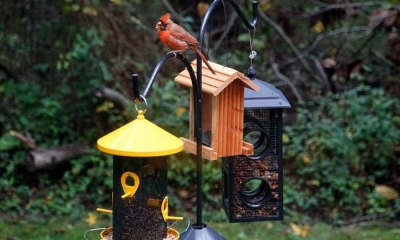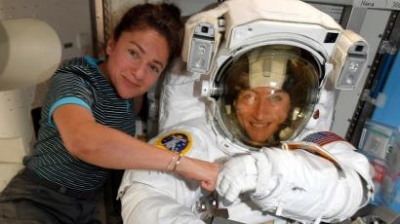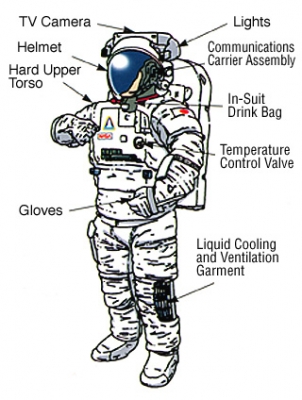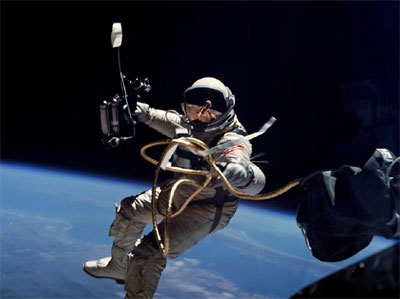Who rose to become the ruler of Sardhana territory?

This is the story of Farzana, a beautiful Kashmiri girl who was a professional nautch dancer in Chandni Chowk Delhi. At a young age she caught the interest of a much older, 45 year old European mercenary called Walter Reinhardt Sombre, and married him, becoming Begum Samru (from ‘Sombre’).
Reinhardt Was a soldier of fortune, and had his own mercenary (a professional soldier hired to serve in a foreign army) army. Mughal power was Declining, the rule of law had broken down and every pretty king seemed to be fighting with his neighbour. Reinhardt moved from kingdom to kingdom, indulging in intrigues and fighting for whomever feed him. He was eventually granted out small principality called Sardhana near Meerut by the weak Mughal emperor, Shah Alam II.
A Begum who battled
When he died in 1778, Begum Samru was just 27. In a remarkable move for that age, the Begum took over as the ruler of Sardhana and the head of his professional mercenary army, which had both Europeans officers and Indian soldiers. Her Jagir (a type of feudal land grant bestowed by a monarch to a feudal superior in recognition of his administrative and/or military service) yielded about £90,000 (about 80 lakhs rupees) per year.
The Begum was extremely petite, standing only 4 1/2 feet tall, but she often led her men into war personally, wearing a manly turban and charging in on her horse ahead of them. She developed a Fearsome reputation as a warrior, and superstition spread that she was actually a witch who could destroy her enemies through black magic! She was powerful, and helped Indian rulers in many battles. In fact, in the second Anglo Maratha war, her troops were the only ones that were not driven from the field in complete disarray! They defeated advances and even withstood a cavalry charge before marching from the field in a disciplined way. The Mughal Emperor Shah Alam II was close to her and called her his “most beloved daughter”, as she had helped him many times. As British rule swept over North India at the turn of the 19th century, she was one of the few who was able to stay on as a free ruler.
Tholic Cathedral
She converted to Catholicism After some years, and was the only Catholic monarchs of India! She got an Indian architect to Sardhana and had the largest the Roman catholic cathedral in North India built, which can still be seen today. She was quite flamboyant, and maintained a formal Mughal-style court. She patronized Urdu poetry, and three European soldiers became recognized Urdu poets in spare time.
Begum Samru died at Sardhana in January 1837 at the age of 85. As she did not have any children, she hand-picked her successor, leaving her wealth to David Ochterlony Dyce Sombre, a great-grandson of her late husband. She died immensely rich. She built a magnificent palace in Chandni Chowk in a garden gifted to her by Shah Alam’s successor. The palatial building still stands today, though in sad disrepair.
A Battle of Wills
Dyce Sombre was a colourful character himself, and lived an extravagant and disreputable lifestyle. He had a mixed French, German, Scottish and Indian heritage, and had grown up speaking Persian, Urdu and English, and learned Latin and Italian as well. After the Begum’s death, the East India company promptly seized Sardhana. Dyce Sombre made his way back to England, where he flaunted himself in British society, even marrying a British aristocrat’s daughter. He was lauded for his wealth, but looked down upon for his Oriental blood. As his behaviour grew more eccentric, his wife got him certified as a ‘lunatic’ and blocked his access to his wealth. He made a melodramatic escape from under house arrest to France, where he continued a lifelong legal battle with the East India company and his own relatives, trying to prove that he was not insane! The British government took over his inheritance in trust for his heirs. It is worth about 1 billion dollars today, and many heirs including Reinhardts long lost relatives all over the world are still laying claim to it.
Picture Credit : Google
